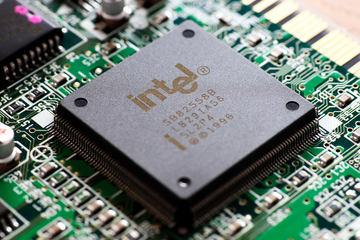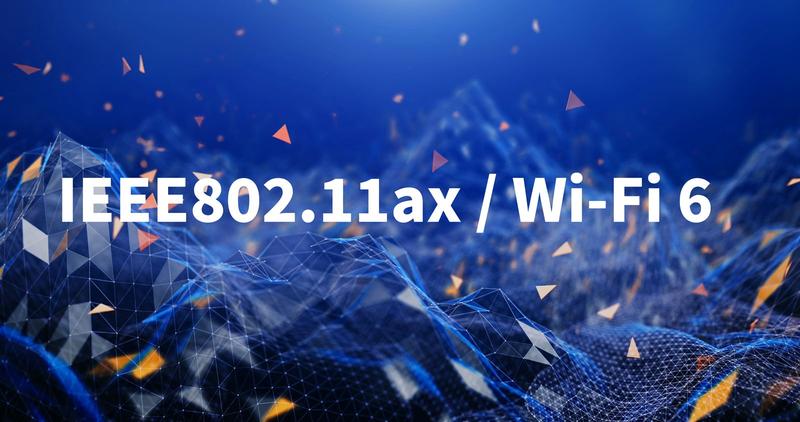[Takumi's room] The evolving "Wake on LAN", but the weakness is highlighted ...
AMT1.0 WOL evolved in the release, and to adopt with VPRO ...
―― Last time, when the LAN controller was still in the early days, he told me how WOL (WOL (WAKE ON LAN) was used ”.Can you tell us about the evolution of WOL after that?
Maki: The evolution of WOL ... In other words, in the hardware -based management function, the next one appeared was "Alert On LAN".This will release a function to issue an administrator, regardless of the status of the OS, when the sensor value is abnormal.After receiving the communication, "Alert On Lan2" became able to reset the client in remotely.After that, DMTF, a standardized organization, standardized the specification of "ASF (Alert Standard Format)", but in terms of "power operation", there was no major difference from the conventional WOL at this time.
――It says that you can control the client to some extent via the network.It seems that more things can be done by the administrator.
Maki: There was also a client management tool that prepared functions such as the administrator's pocketbell in response to an abnormality in the sensor value.It seems that there were some situations where the administrator shut down a dangerous client after receiving an alert.
――It's likely that the initial response will be faster when there is something wrong.Is the evolution of the WOL function itself?
Maki: Around this time, WOL became used on site, and some weaknesses were highlighted.for example……
Of these, when the OS starts and the communication with the agent starts, it can be seen that the power is turned on, but at that time it took a long time to start the OS ...Before the client's power was turned on, some administrators sent magic packets many times.
――There is now a power supply status with “Intel EMA” (endpoint management assistant).Did (2) eventually need a client management tool for each segment?

Maki: Depending on the client management tool, it seems that the relay server was placed for each segment and the magic packet could be resigned.
―― Indeed, although it is possible to respond, the setting time has increased.I asked about the MAC address, but it was necessary to open the PC case and check it, right?
Maki: So it was difficult at the time of the initial setting, but it was also a problem that if you replace the motherboard or LAN card, you will not be able to recognize the client.
――Sure it is troublesome ...It was not an era of "easy display with properties".In addition, because there is no user authentication mechanism, anyone can remotely control the client's power.As the client management tools were made for large companies, some companies seem to be problematic.Or rather, at that time, I couldn't find a simple tool to put out MagicPacket, so I remember abandoning the introduction ...
Maki: AMT (Active Management Technology) was developed to solve these four weaknesses.Shortly before the Intel VPRO platform appeared, version 1 in 2005.0 has been released.
At that time, there was a LAN controller called "82573E", but most AMT1.The function of 0 is what this controller was realized alone.In addition to built -in management controller, the firmware is equipped with a TCP/IP stack, which is the original AMT in the current VPRO.By operating the entire "82573E" on standby power supply, client management is possible regardless of the OS condition.
For this reason, AMT1.In 0, you can not only turn on the client, but also check the current power supply as well as shutdowns and resets.Because it is a TCP/IP base, if you open the AMT port on the router side, it is possible for the magic packet to cross the segment.Digest authentication by ID and password is also implemented, preventing "spoofing".
In addition, SOL (Serial Over Lan) and IDE-R (IDE Redirection) functions that are supported by server management modules are AMT1..It was implemented in 0.
――Oh, you are gradually approaching the “remote power ON” function in VPRO.I'm excited to move that much with a standby power supply.At that time, I think that it was an era when such management functions were starting to be attached to the server motherboard, but how was the adoption status of "82573E"?
Maki: The cost has risen as it is because it packs the functions at once ...After all, AMT1.0 was not so popular and was implemented only in Intel motherboards provided for some companies.
This is AMT1.I think it was great that the LAN controller called "82573V", which does not adopt 0, was compatible with WOL and ASF.The chipset also had a Fast Ethernet controller.
In addition, since SDK was not disclosed, including Alert On LAN and ASF, there were only a limited number of appointments, such as client management tools for large companies.After that, AMT2 adopted by VPRO.When 0 appears, SDK will be released, and the corresponding application will increase.
(Continued next time)


![[Osaka Marriott Miyako Hotel] Plenty of cheese! Italian buffet held company release | Nikkan Kogyo Shimbun electronic version](https://website-google-hk.oss-cn-hongkong.aliyuncs.com/drawing/article_results_9/2022/3/28/1061eb31530c979d7b766ae1877b113a_0.jpeg)




